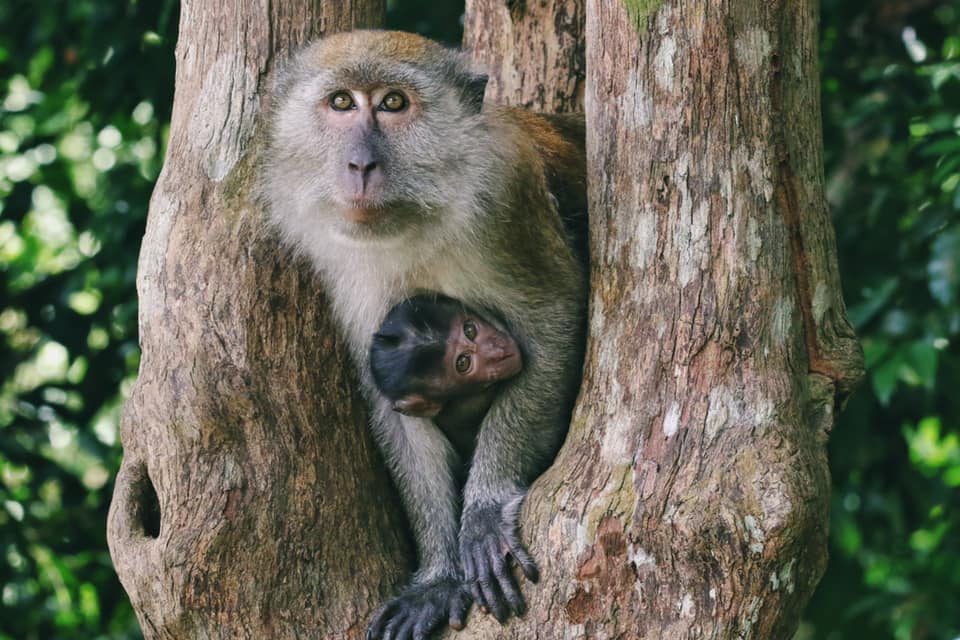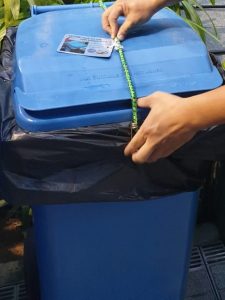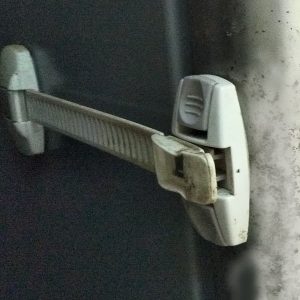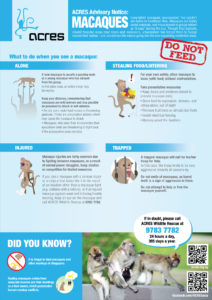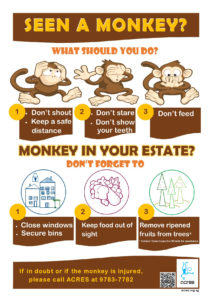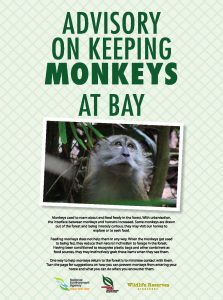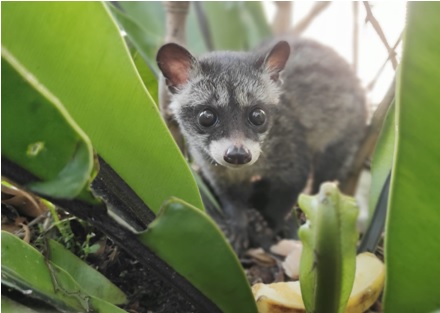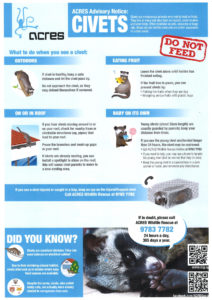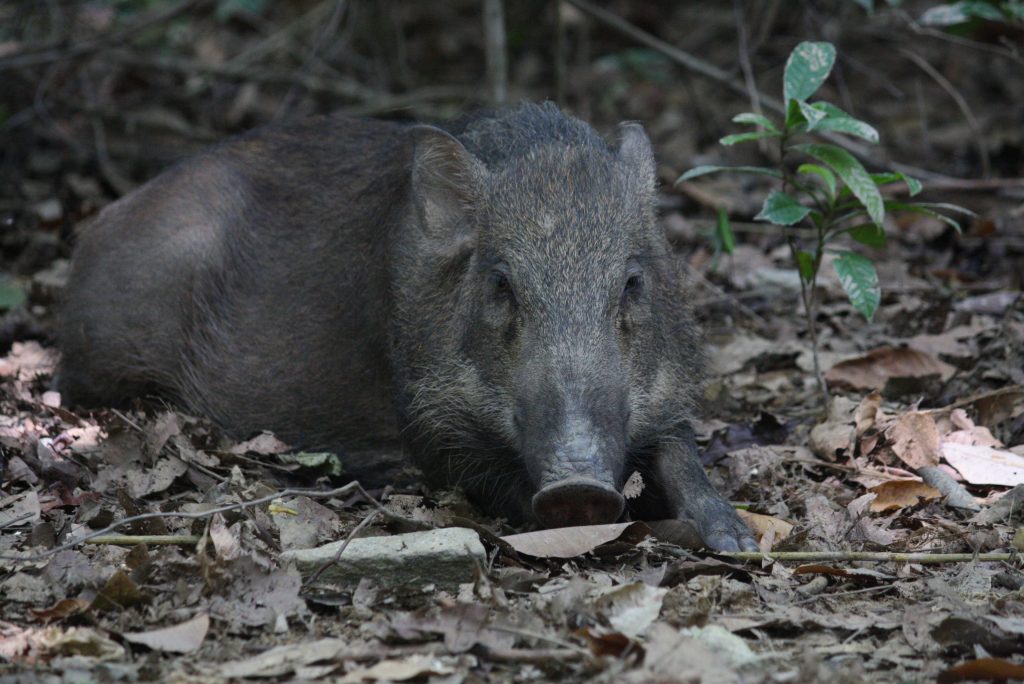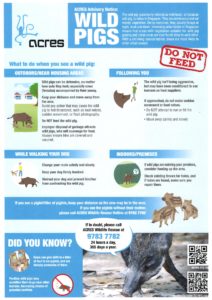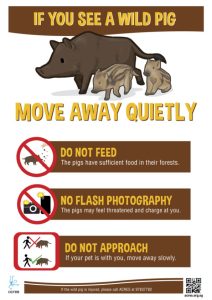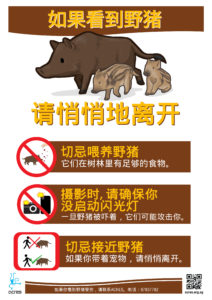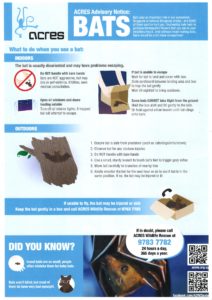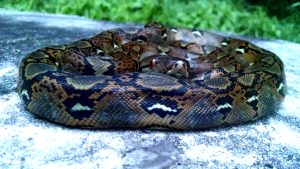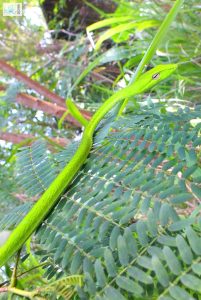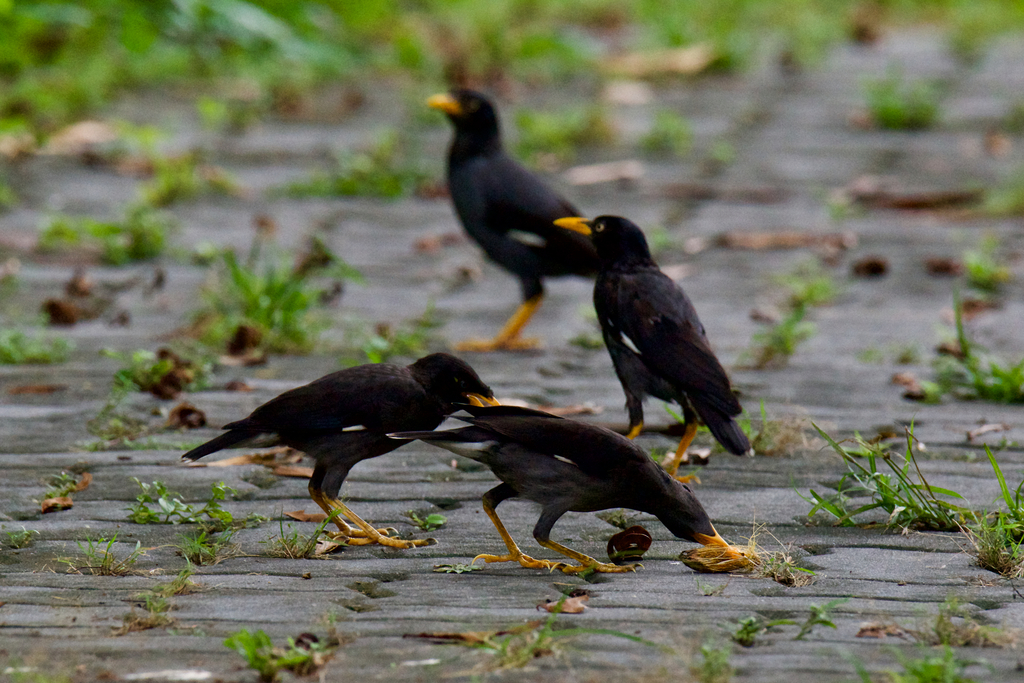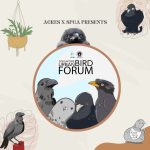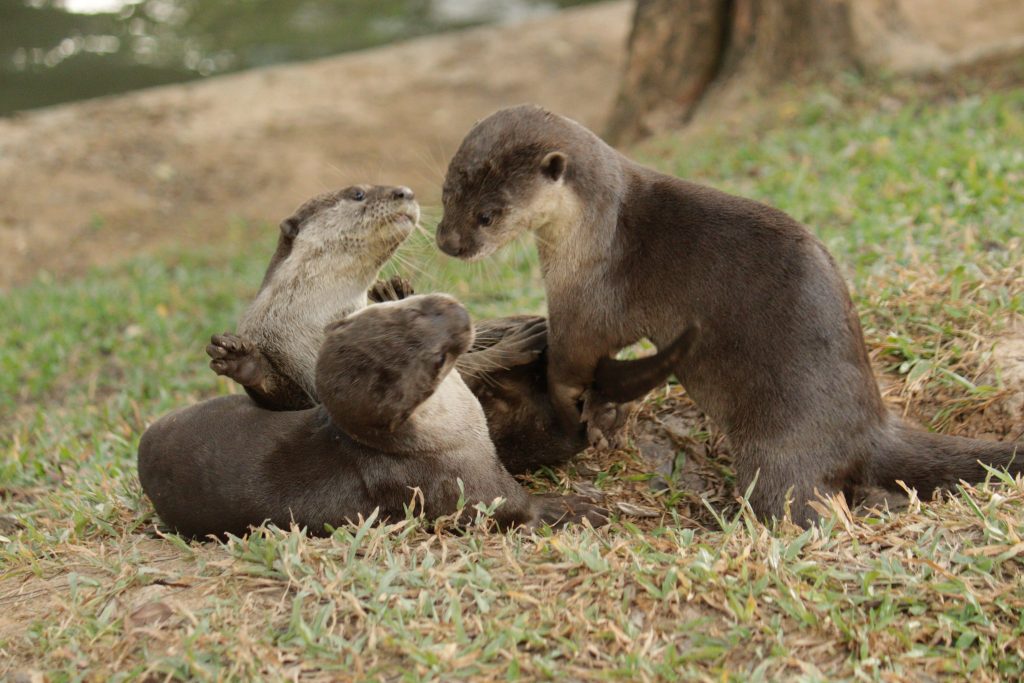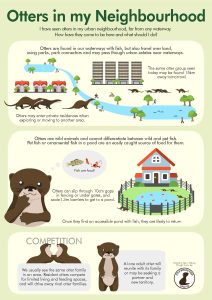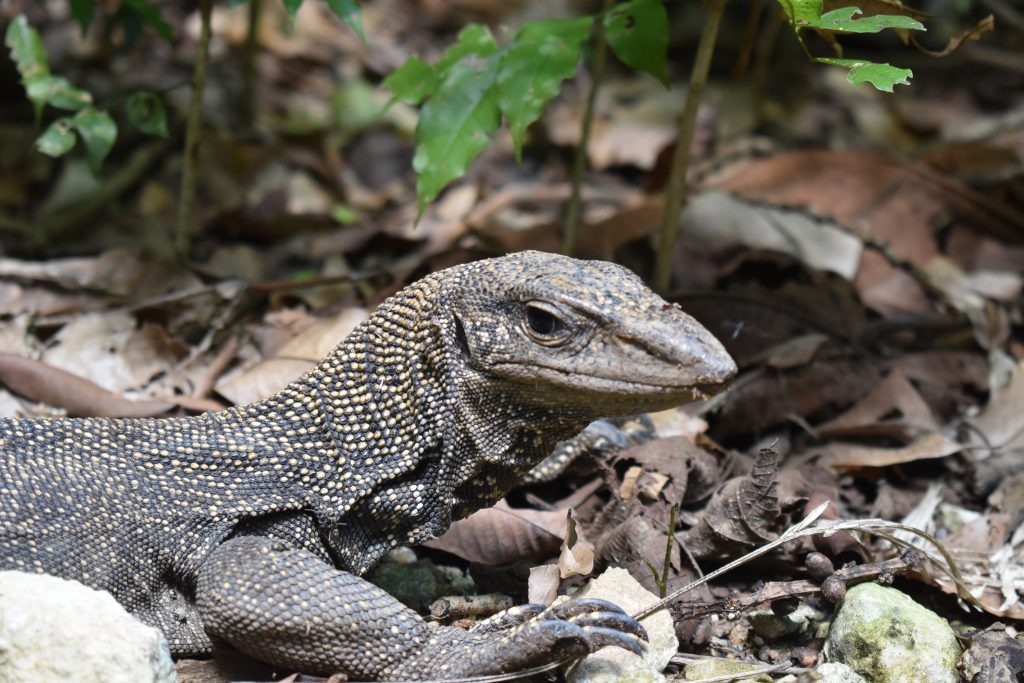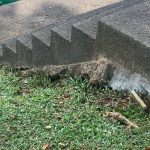Not only is the city of Singapore home to a population of 5.4 million people, but also a large variety of native wildlife. With over 537 species of birds, reptiles and mammal species and a growing human population, human-wildlife conflicts are becoming more common.
As we urbanize and develop more, natural habitats for wildlife shrink, often leading to fragmented forests. With increased habitat loss, our native wildlife is forced to adapt and seek food and shelter in urban areas. It is important that we appreciate our biodiversity and strive to move towards a progressive society where we learn to co-exist with these animals.
ACRES’s first of its kind handbook on coexistence with Singapore’s wildlife, volume 1 (of 2) was launched by SMS Tan Kiat How, Sivasothi (Senior Lecturer, NUS) and Louis Ng (ACRES Founder) at ACRES’s fundraising charity gala dinner on 29th July 2023. You can choose to view the volume one of the handbook below or download the e-book as PDF by clicking here.



 break;
break;
break;
break;

